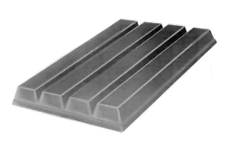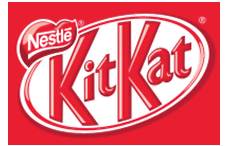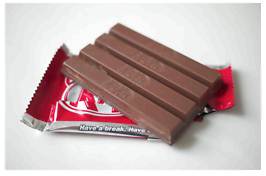B e f o r e :
THE CHANCELLOR OF THE HIGH COURT
LORD JUSTICE KITCHIN
and
LORD JUSTICE FLOYD
____________________
Between:
| |
Société des Produits Nestlé SA
|
Appellant
|
| |
- and -
|
|
| |
Cadbury UK Ltd
|
Respondent
|
____________________
Michael Bloch QC and Simon Malynicz QC (instructed by CMS Cameron McKenna LLP)
for the Appellant
Thomas Mitcheson QC (instructed by Bristows LLP) for the Respondent
Hearing dates: 22/23 February 2017
____________________
HTML VERSION OF JUDGMENT APPROVED�
____________________
Crown Copyright ©




